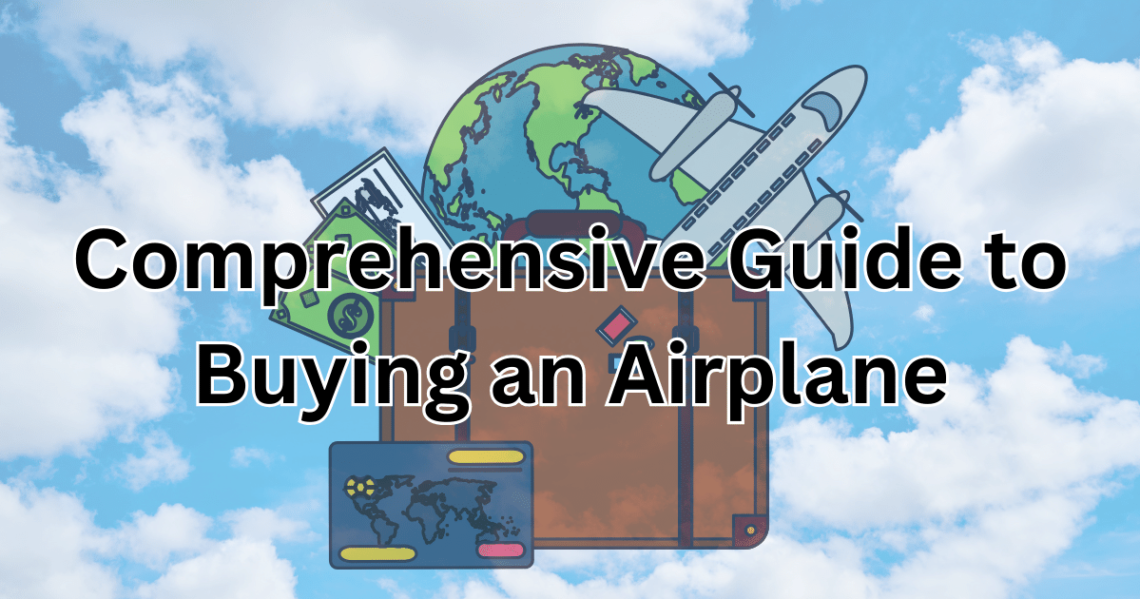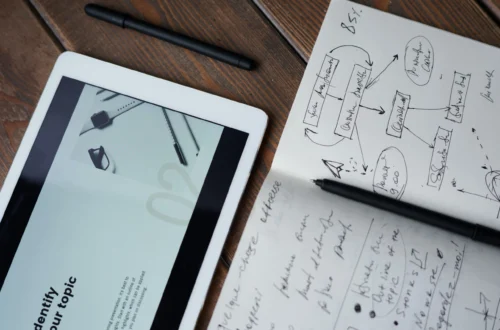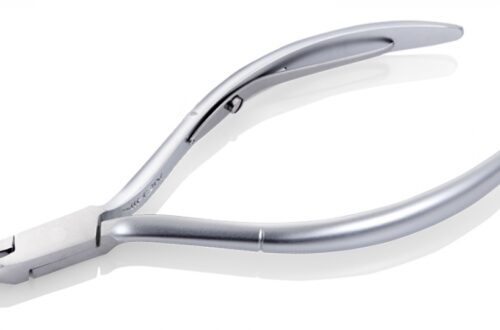Introduction:
Purchasing an airplane represents a significant milestone for aviation enthusiasts, businesses, and individuals seeking efficient travel solutions. This comprehensive guide offers a detailed, step-by-step approach to acquiring an aircraft, from assessing your needs and budget to navigating legalities and post-purchase considerations. Following these meticulously outlined steps, you can confidently buy an airplane, ensuring a smooth and informed flight into aircraft ownership.
Must Read: Eurotimes News Opixtech: Unveiling the Latest Innovations
Step-by-step guide on how to buy an airplane:
Assess Your Needs and Budget:
- Determine the purpose of the aircraft (personal use, business, etc.).
- Consider the number of passengers, range requirements, and features you need.
- Establish a budget that includes the purchase price and operating costs.
Research and Identify Aircraft Options:
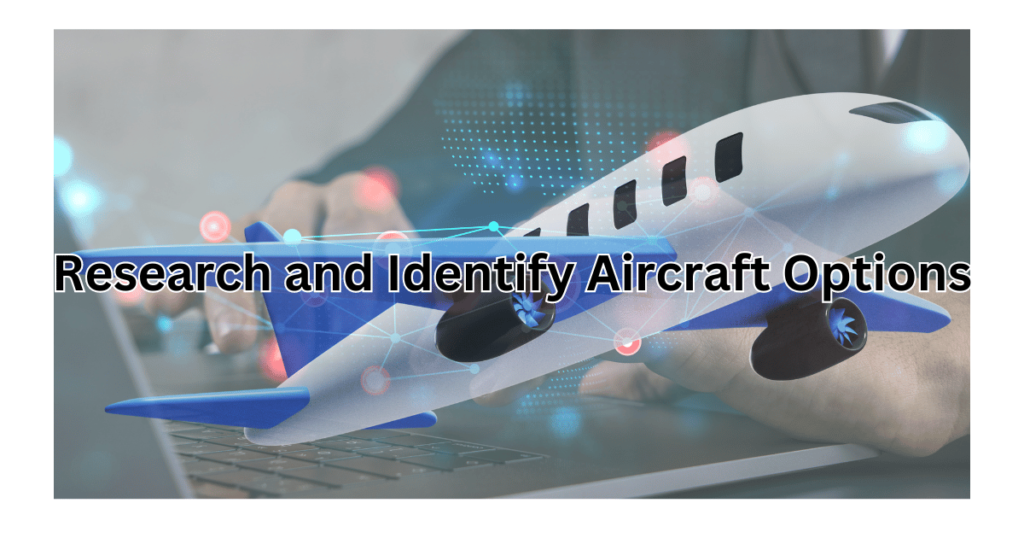
- Explore different aircraft models that fit your requirements.
- Consider factors like performance, fuel efficiency, maintenance costs, and avionics.
- Attend aviation trade shows, visit dealers, and consult with experts for advice.
Pre-Purchase Inspection:
- Hire a certified aircraft mechanic to conduct a thorough pre-purchase inspection.
- Inspect the airframe, engines, avionics, and overall condition of the aircraft.
- Review maintenance logs to ensure proper upkeep and compliance with regulations.
Financing:
- Research financing options through banks, credit unions, or specialized aircraft lenders if needed.
- Apply for a loan based on your financial situation and creditworthiness.
- Consider factors like down payment, interest rates, and repayment terms.
Legal and Regulatory Compliance:
- Ensure you meet all legal requirements for aircraft ownership in your country or region.
- Verify the aircraft’s registration status and any outstanding liens or issues.
- Obtain insurance coverage that meets your needs and regulatory standards.
Negotiate the Purchase:
- Negotiate the price with the seller based on the aircraft’s condition, market value, and any necessary repairs or upgrades.
- Consider engaging a professional aircraft broker to assist with negotiations and paperwork.
Sales Agreement and Closing:
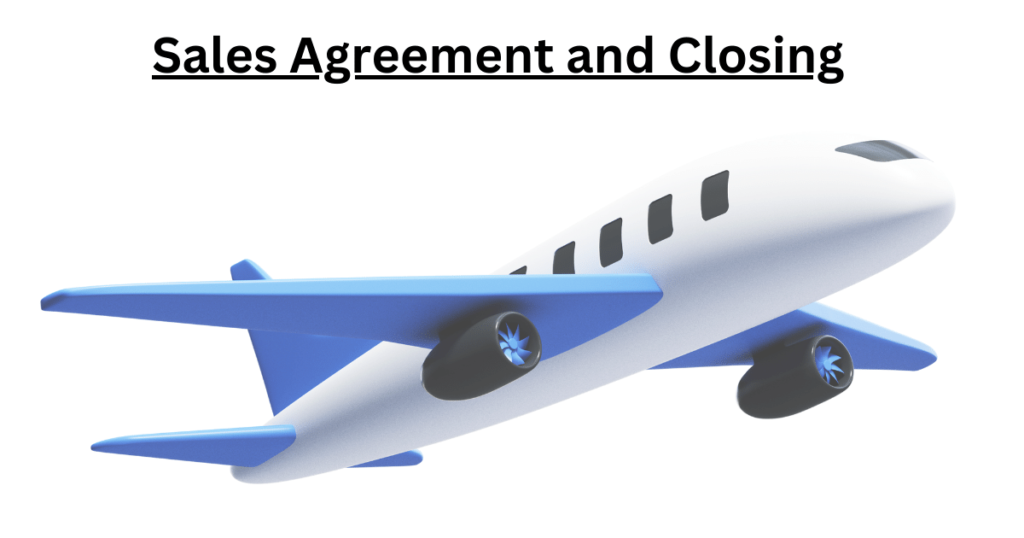
- Draft a sales agreement detailing the purchase terms, including price, conditions, and timelines.
- Arrange for a secure escrow service to handle the transaction and payment.
- Close the deal by signing the sales agreement and transferring funds to complete the purchase.
Ownership Transfer:
- Complete all required paperwork to legally transfer ownership of the aircraft.
- Register the aircraft with the appropriate aviation authority and obtain a new registration certificate.
- Update insurance policies to reflect the change in ownership.
Operational Considerations:
- Familiarize yourself with the operation of the aircraft, including pre-flight checks, systems, and emergency procedures.
- Develop a maintenance schedule and plan for regular inspections and servicing.
- Ensure compliance with airworthiness directives and regulatory requirements.
Post-Purchase Support:
- Establish relationships with maintenance providers, avionics specialists, and other aviation professionals for ongoing support.
- Join aviation organizations or clubs to network with other aircraft owners and stay informed about industry trends.
- Enjoy your new aircraft responsibly, and always prioritize safety in your flying activities.
Buying an airplane is a complex process that requires careful planning, research, and attention to detail. Seek advice from experienced pilots, aircraft owners, and aviation professionals to navigate the purchase process successfully.
Frequently Asked Questions (FAQ):
Q: What factors should I consider when buying an airplane?
A: Factors to consider include your flying needs, budget, passenger capacity, range requirements, maintenance costs, and avionics features.
Q: Do I need a pre-purchase inspection before buying an aircraft?
A: It is highly recommended to have a certified aircraft mechanic conduct a thorough pre-purchase inspection to assess the aircraft’s condition and ensure safety compliance.
Q: How can I finance the purchase of an airplane?
A: Financing options include loans from banks, credit unions, or specialized aircraft lenders. Factors such as down payment, interest rates, and repayment terms should be considered.
Q: What legal and regulatory aspects must I address when buying an airplane?
A: Ensure compliance with aircraft ownership regulations, verify registration status, resolve any outstanding liens, and obtain appropriate insurance coverage.
Q: How can I negotiate the purchase price of an aircraft?
A: Negotiate based on the aircraft’s condition, market value, and any necessary repairs. Consider engaging an aircraft broker for assistance.
Q: What post-purchase considerations should I keep in mind?
A: Familiarize yourself with the aircraft’s operation, maintenance requirements, and regulatory obligations. Establish relationships with maintenance providers and aviation professionals for ongoing support.
Conclusion:
Acquiring an airplane is a significant endeavor that demands meticulous planning, thorough research, and adherence to legal and safety protocols. By following the outlined steps in this guide, prospective aircraft buyers can navigate the complexities of purchasing an aircraft confidently and clearly. From determining needs to post-purchase considerations, each process stage is crucial in ensuring a successful transition into aircraft ownership. Embrace this exciting journey with diligence, seek guidance from industry experts, and enjoy the unparalleled experience of owning your aircraft.
